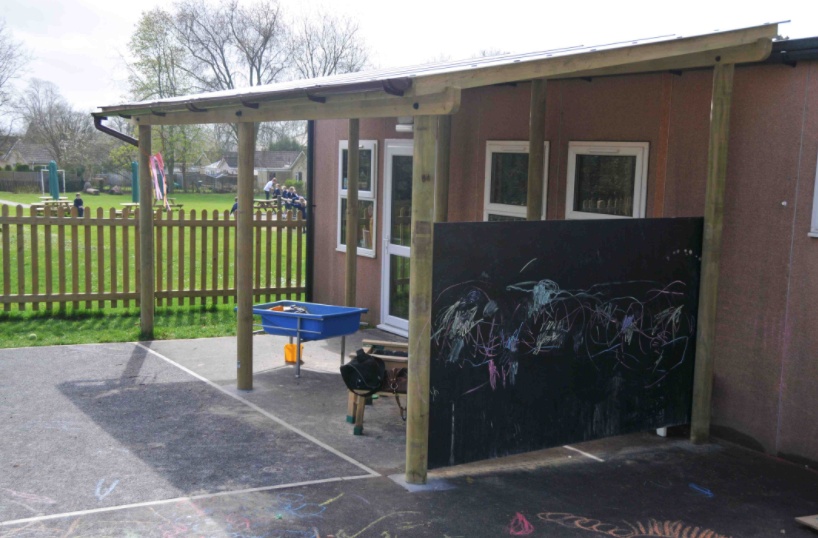Recently we published a blog post about creating learning environments to support learning outcomes. We know that designing a successful outdoor space isn’t as simple as putting in some new playground equipment and hoping for the best. It takes a lot more research and innovation to ensure that children gain the best possible experience and opportunities from their playground.
Over the next few weeks we’re going to look at learning environments in a bit more detail and focus on how certain aspects of an outdoor space can affect and benefit the children, and adults, using it.
The first learning environment theme we’re going to focus on is lighting. According to a fact sheet released by the Ministry of Education, natural light is preferable in a learning environment. There have been many connections made between lighting and behaviour in children. A large amount of studies show that children working under natural light, rather than fluorescents, are more attentive and focused. This is something that has been particularly proved for children with autism and ADHD.

While many schools hunt for ways to ensure that their classrooms are ‘daylighted’, that is lit with natural light, it has been argued that for people who are outdoors for a significant part of each day, the quality of indoor lighting to which they are exposed may be of little consequence. In short, if children spend enough time outside every day, they will not suffer from the negative effects of artificial lighting.
Learning in the Natural Environment (LINE) is one of the fastest ways to ensure that children are benefitting from natural lighting. An article published by the University of Nicosia highlights the main ways in which natural light can affect learning outcomes and academic performance.
Circadian rhythms
A lack of daily exposure to light can disturb the natural circle of the body and affect the body’s circadian rhythms. These rhythms release hormones that are responsible for the improvement for the ‘immediate memory between ten and twelve o’clock in the morning time’, a positive factor for students during school hours. They also release hormones responsible for the ‘long term memory being at its best’ between six in the evening and midnight, the best window time for studying school work. Natural daylight ensures that children, who are sensitive to this variation, have a functioning natural clock and can benefit from the peak learning times.
Stress
Children that do not get the correct amount of daylight are also more prone to stress. The right balance can promote concentration and increase focus. Too much of too little of the hormone Cortisol, associated with the presence of daylight, can influence children’s ability to concentrate and can affect their growth. A learning environment designed to give children the correct amount of daylight will have fewer absences and more productive days.
Learning performance
There have been many links made between daylight and learning enhancement. Various studies have confirmed that lighting consistently impacts on the health, behaviour and achievement of students. In the US, a study carried out by the Department of Education showed that classrooms with the most daylighting had a 20% better learning rate in math and 26% improved rate in reading compared to classrooms with little or no daylighting. Exposing children to plenty of daylight can boost alertness and help the body and mind to function better.
It is clear that a learning environment that benefits from natural lighting will benefit children and their learning outcomes. An inclusion of LINE in the daily school routine, alongside classroom daylighting, will ensure that students and staff gain the most from these positive affects.
To find out how we can help you improve natural light in your learning environment, book a consultation with one of our local advisors today.